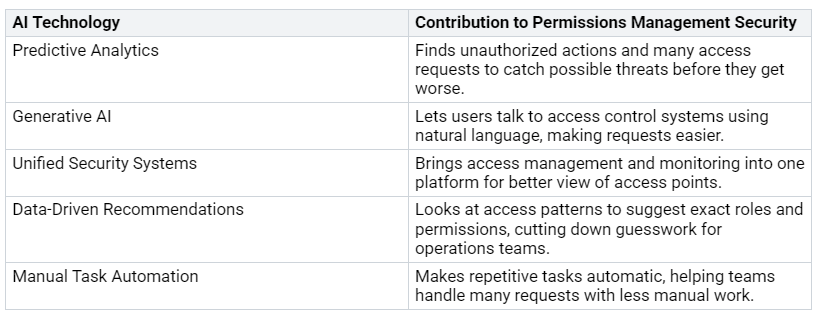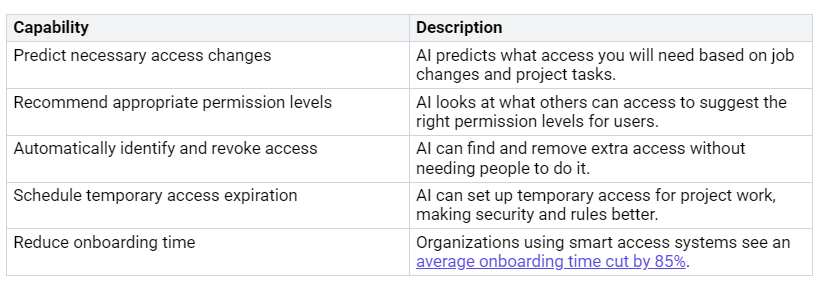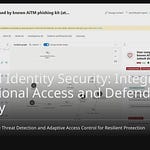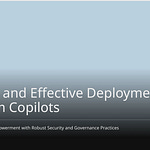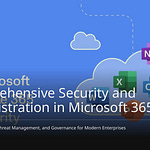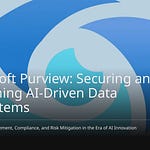Dynamic permissions management is very important in AI teamwork. It matches what people can do with company rules. This makes security and following rules better. This method creates a culture that looks ahead. It helps you lower risks. By matching actions with what workers want, you can boost teamwork and get better results.
Key Takeaways
Dynamic permissions management makes security better. It matches what users do with company rules. This lowers risks and helps with following rules.
Real-time access control lets companies change permissions quickly. This is based on user information. It makes security and efficiency better.
AI tools help manage permissions. They guess what access users need. They also automate tasks and give smart suggestions for better security.
Components of Dynamic Permissions Management
Dynamic permissions management has several important parts. These parts work together to keep access safe and efficient. Knowing these parts helps you build a strong system that fits your organization’s needs.
Real-Time Access Control
Real-time access control is very important for changing permissions. This system checks access choices based on different details about users, resources, and situations. For instance, Attribute-Based Access Control (ABAC) lets you make flexible access rules. Unlike older models that use fixed roles, ABAC looks at many different details. This flexibility improves security and efficiency by allowing quick changes to access permissions when things change.
Tip: Using real-time access control can lower security risks. Watching access patterns helps you spot strange behavior and act fast against possible threats.
AI’s Role in Security Enhancement
Artificial intelligence is key to improving security in dynamic permissions management systems. AI tools help access control by using predictive analytics. This means they can find unauthorized actions and many access requests. This way, you can catch possible threats before they get worse.
Here are some ways AI boosts security:
AI also helps with detailed access control by making sure only the right people see sensitive data. This is very important for following data protection laws. By adding AI to your identity and access management (IAM) solutions, you can build a safer environment that changes with your organization’s needs.
Benefits of Dynamic Permissions Management
Dynamic permissions management has many benefits. These can greatly improve how your organization works. When you use this method, you can make data access better and keep it safe. It also helps create a more efficient teamwork environment.
Improved Data Access and Security
With dynamic permissions management, you control who sees sensitive data. This system lets you set access rules based on user roles. This way, only the right people can view or change important information. This is very important for protecting personally identifiable information (PII) and protected health information (PHI).
Here are some key benefits of improved data access and security:
Compliance with Regulations: Adding compliance rules to your AI processes helps you follow data protection laws like GDPR and HIPAA. This makes it easier to follow complex data protection and privacy rules.
Detailed Audit Trails: Dynamic access control gives you detailed audit trails. These trails track who accesses data. They make compliance reporting easier and help you avoid penalties for not following rules.
Reduced Security Risks: By using fine-grained access control, you lower the chances of data breaches. This proactive method helps you find and fix possible threats before they get worse.
Tip: Regularly check your access controls to make sure they fit your organization’s changing needs. This practice helps keep strong security and compliance.
Enhanced Collaboration Efficiency
Dynamic permissions management also makes teamwork more efficient in your organization. By automating permission assignments and using a group-based model, you can make access management smoother. This means team members can quickly get the resources they need without delays.
Consider these benefits of enhanced collaboration efficiency:
Faster Onboarding: Automating permission management speeds up onboarding for new employees. This saves a lot of time and money. For example, organizations can save about $182,000 each year on onboarding costs.
Reduced Administrative Burden: Automating compliance tasks lessens the workload for compliance teams. This lets them focus on more important tasks instead of manual permission assignments.
Improved User Experience: Self-service access requests let users manage their own permissions. This mix of flexibility and control improves the overall user experience while keeping sensitive data safe.
By using dynamic permissions management, you not only make security better but also create a more flexible and efficient work environment. This method helps your organization succeed in a world that relies more on data.
Challenges and Best Practices
Dynamic permissions management has many challenges for organizations. You might face problems like the complicated nature of AI systems. This makes traditional access control methods harder to use. AI agents can get around regular safety measures. They can access resources without clear permission. Static access control models, such as whitelists and blacklists, often do not work well. This means you need flexible and changing solutions.
Overcoming Compliance Risks
Compliance risks can happen when access rights are too broad. This can lead to data breaches and insider threats. It is hard to see who is accessing what. This makes unauthorized access more likely. Also, cloud-native services can add complexity with dynamic permissions and mistakes in setup. To reduce these risks, think about these best practices:
Real-time monitoring: Keep an eye on security events to find unusual activity and rule breaks.
Automated audit logging: Automatically record every access request to build a complete audit trail.
Granular access controls: Give users only the permissions they need to lower unauthorized access risks.
Zero trust architecture: Verify and approve all access attempts to boost security.
Implementing Effective Permission Management Strategies
To manage permissions well, focus on regular audits and automated tools. Regularly check access permissions to make sure they match job roles. Use Identity and Access Management (IAM) systems for central control of user access. Hold training sessions for different user roles to teach employees about access control rules.
By using these strategies, you can build a strong system for managing permissions in an AI-driven setting. This method not only improves security but also encourages a culture of compliance and responsibility.
Dynamic permissions management is very important for safe and effective teamwork with AI. AI can guess what access you need, suggest permission levels, and take away access automatically. Future improvements will make rules easier to understand and help find risks better. Accepting these changes will help your organization be safer in the future.
FAQ
What is dynamic identity management?
Dynamic identity management changes user access based on current data. It makes security better and helps follow company rules.
How does IAM improve security?
Identity and access management (IAM) brings user permissions together. It helps you apply security rules and watch access closely.
Why is real-time access control important?
Real-time access control lets you react fast to changes. It lowers risks by changing permissions as user roles or situations change.


